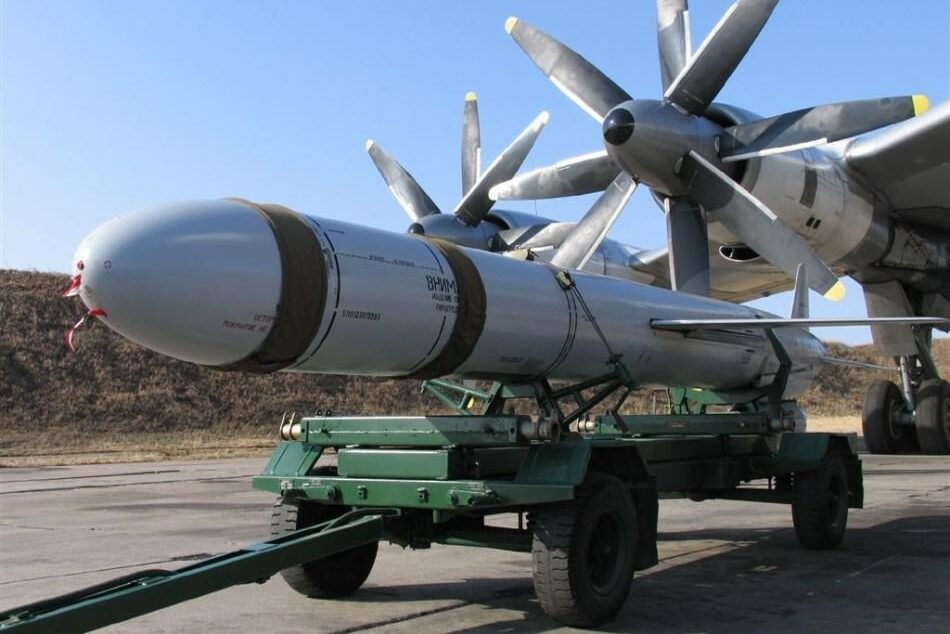The Russian military continues to use Soviet-made Kh-55 cruise missiles converted to decoys to deplete and test Ukrainian air defenses.
Several such decoys were reportedly used in the large-scale missile attack that targeted several parts of Ukraine on February 10.
The decoys are built around an old version of the Kh-55, which was produced in the 1980s and has a range of up to 2,500 kilometers. The active warhead of the maneuverable missile was replaced with an inert one that was designed for use in tests and exercises.
On February 11, a photo showing a Kh-55 decoy that was shot down by Ukrainian air defenses during the large-scale attack surfaced online. The decoy was carrying the KTS-120-12 inert warhead module.
The use of Kh-55 decoys by the Russian military was first reported back in November. Since then, several such decoys have been shot down by Ukrainian air defenses.
The Russian military has been using several types of aerial decoys to deplete and test Ukrainian air defenses since the start of the special operation in the country last year.
Over the last few months, Ukraine received many Western-made air defense, radar and electronic warfare systems from its allies. Despite this, the Russian military maintains superiority in the air.
Russia inherited a large number of Kh-55 cruise missiles from the Soviet Union. Many of these missiles have already passed their service life. Because of this, converting them into decoys for use in the special military operation in Ukraine is a resourceful decision.
MORE ON THIS TOPIC:







